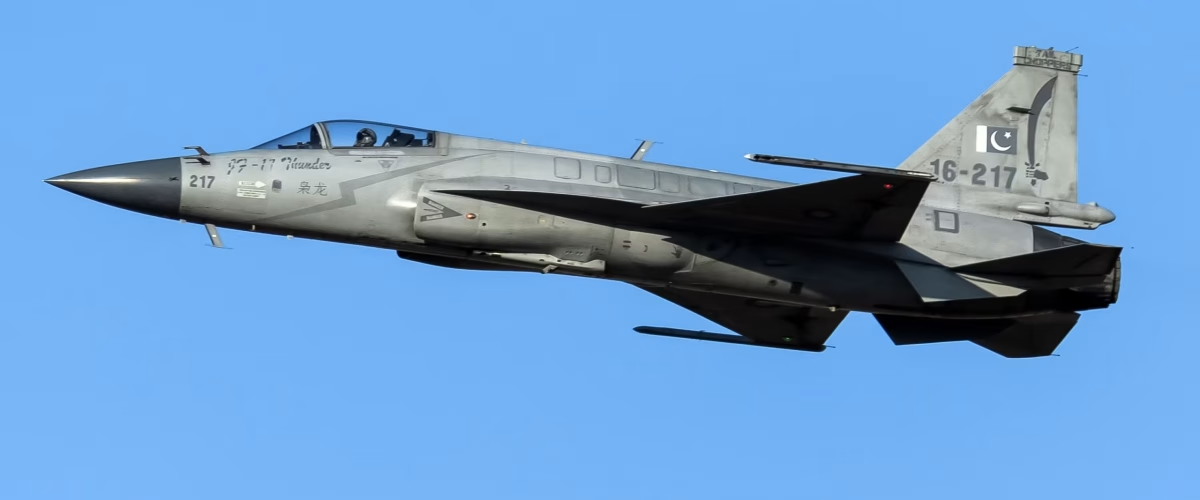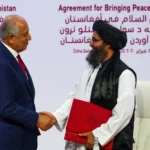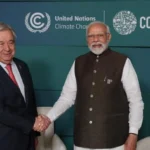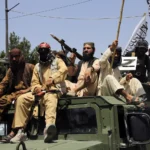In the volatile region of South Asia, words are often as potent as weapons, and the battle for narrative can be as fierce as any physical conflict. The recent declaration by the Indian Air Chief on August 9th, claiming the downing of five Pakistani jets including F-16s during the conflict in May, is a case in point.
The statement was bold, specific, and delivered with an air of authority. Yet, it is also a startling assertion that lacks credible evidence, appears suspiciously timed for political effect, and stands in stark contrast to the established international norms of verifying military engagements.
In making such a grandiose claim without proof, Delhi risks not only escalating regional tensions but also inflicting deep, self-inflicted wounds to its own credibility on the world stage.
An Unbelievable Delay
The most immediate and glaring red flag is the timing. Why did the Indian Air Force (IAF) wait for over three months to announce a monumental military victory? In the 21st century, the speed of information is a strategic asset. Verifiable victories are declared almost instantly, not whispered months after the fact. The ongoing war in Ukraine provides a daily masterclass in this reality; both Moscow and Kyiv understand the immense strategic and morale-boosting advantages of shaping the international narrative in real-time. They release satellite imagery, drone footage, and data within hours, if not minutes, of an engagement. This has become the global standard, the currency of credibility in modern conflict.
For the IAF to remain silent on such a significant achievement for an entire season fundamentally undermines its authenticity. A three-month delay on a claim of this magnitude strongly suggests it is not based on a clear, factual event but is a recently constructed narrative.
It begs the obvious question that if the victory was so decisive, so clear-cut, why the prolonged silence? Military organizations, especially those operating within a democratic framework, are typically eager to publicize their successes to justify budgets, boost recruitment, and secure political capital. The inexplicable delay suggests that the “victory” may have been discovered in a committee room, not forged in the skies.
A Tale of Two Claims
This leads to the second, and most critical, flaw. The claim exists in a complete evidence vacuum, a problem made more glaring by India’s own inconsistent reporting during the May conflict.
During the actual engagements, the Indian military was far from silent. It made immediate, public claims about successful strikes on ground targets, including hits on alleged terror infrastructure and a couple of Pakistani airbases. However, the damage to these Pakistani airbases was very limited. This demonstrates a clear capability and willingness to report perceived successes promptly.
Why, then, would the IAF instantly publicize limited damage, but conceal a historic aerial victory for over three months? This glaring contradiction suggests the larger claim was fabricated later to serve a different purpose.
Extraordinary claims require extraordinary evidence, and India has provided none. There is no wreckage, no satellite imagery of crash sites, no gun camera footage, and, most tellingly, no mention of the human element. Downing five advanced fighter jets would almost certainly result in captured, wounded, or deceased pilots, whose identities and fates would be impossible to hide in the digital age.
The lack of concrete Indian evidence stands in stark contrast to the events of the same period. Pakistan’s claims in May of downing Indian jets were accompanied by a different standard of communication, one built on speed and the presentation of purported evidence. Pakistan made its claims swiftly and presented visual proofs, electronic signature data and audio recordings of communication between hit Indian pilots and their controllers back in India, confirming the hits. Crucially, these claims were corroborated by international media, who verified them from multiple visual and human sources within India and then disseminated the information. These losses were later accepted by Indian officials and even acknowledged in statements by international figures like President Donald Trump.
This process lent them a degree of global recognition and forced them into the international discourse, a benchmark of credibility that India’s belated August claim entirely lacks. To date, no independent military analysts or reputable international news agencies have corroborated the IAF’s story in any capacity.
The Politics of Propaganda
If the military facts are questionable, the political motivations are transparently clear. This claim represents a dangerous politicization of the Indian armed forces, seemingly in a desperate attempt by the Modi government to regain lost credibility and popularity. While such a baseless assertion severely damages India’s standing on the global level, the modi government appears to have made a cold calculation that placating its domestic base with propaganda is more important than maintaining international credibility.
Faced with a difficult political climate after the setback in May, and unable to formulate a meaningful response to the Trump administration’s harsh new tariffs and criticism over oil trade, the Indian government needed a powerful diversion. The F-16 claim is the linchpin of this strategy.
Unable to counter Trump on economic grounds, the government has invented a military pretext. The new narrative being sold to the Indian public by the social media propaganda machinery of BJP is that President Trump isn’t angry about trade deficits or oil deals that benefit Modi’s close business allies, he is furious because India’s superior military shot down premiere, US-made F-16 jets. This masterfully diverts attention from complex economic realities and reframes India’s diplomatic troubles as a consequence of its own formidable strength, a far more heroic and palatable story for a nationalist base.
The final piece of this puzzle is Pakistan’s response. In a move of calculated confidence, the Pakistani defence establishment publicly challenged India to agree to a third-party, impartial inventory count of both nations fighter jet fleets. By offering a verifiable path to the truth, Pakistan has placed the onus of proof squarely back on India. Delhi’s predictable silence on this offer is telling, suggesting a profound unwillingness to have its claims subjected to impartial, independent scrutiny.
In conclusion, the Indian Air Chief’s statement is a house of cards built on suspicious timing, glaring inconsistencies, and a complete lack of verifiable evidence. It is contradicted by India’s own real-time reporting in May and has been strategically cornered by Pakistan’s call for a transparent audit. In an age of satellite imagery, digital forensics, and instant global communication, military victories cannot be sustained by rhetoric alone. Without proof, the claim of downing five jets amounts to little more than clumsy propaganda that needlessly escalates tensions in a nuclear-armed region. True strength lies in credibility and transparency, both of which have become casualties of this unsubstantiated narrative.






